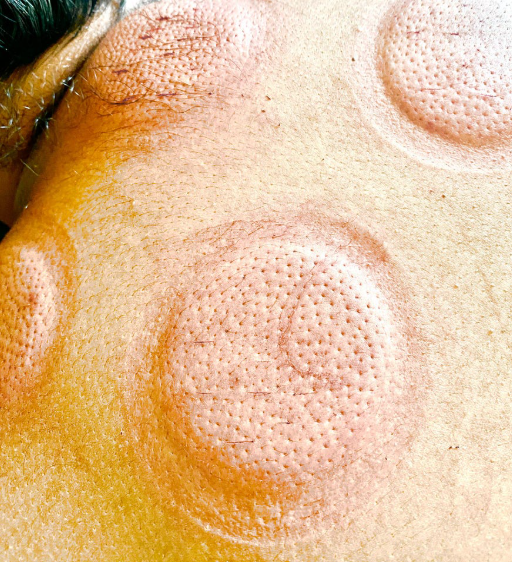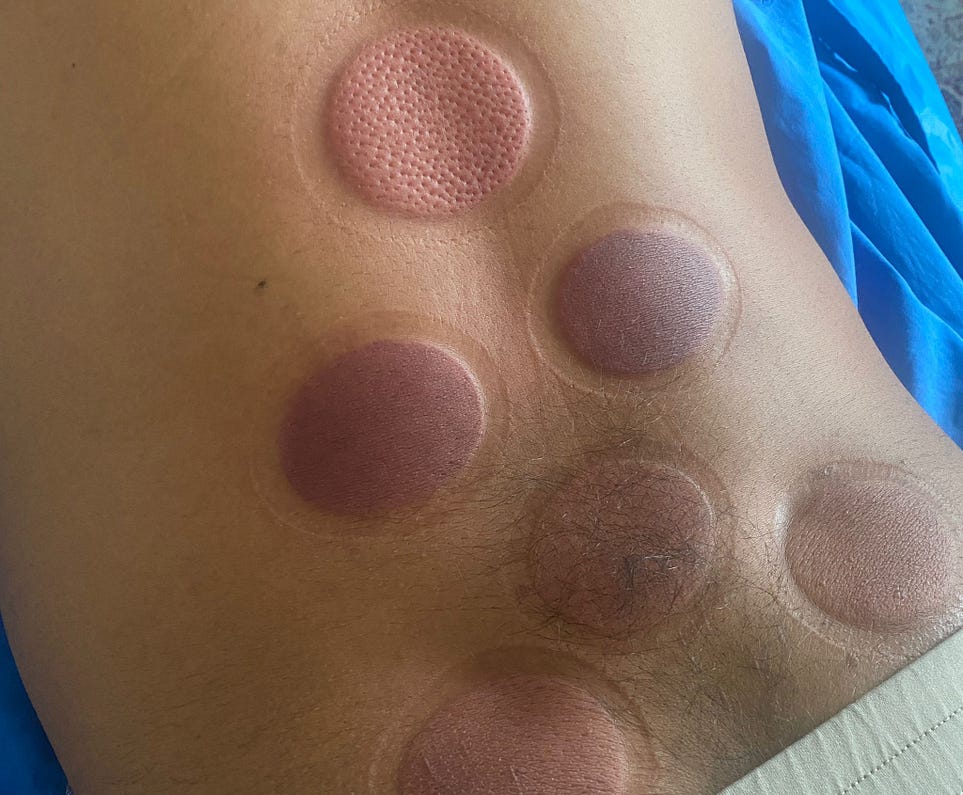5 Reasons Why Exercise Should Be Avoided Instantly After Hijama Cupping Therapy
- Get link
- X
- Other Apps
Engaging in intense exercise immediately after Hijama cupping therapy can be counterproductive and even harmful.
After Hijama therapy, exercise is generally discouraged for a period of time because the body enters a delicate state of recovery. Cupping involves drawing out stagnant blood and toxins, which temporarily leaves the body weaker, more sensitive, and in need of rest. When someone engages in physical exertion immediately after Hijama, it can interfere with healing and cause unwanted side effects.
Hijama is not just a relaxing massage; it’s a therapeutic procedure that involves creating minor suction on the skin and drawing out a small amount of stagnant blood. Your body needs time to recover and redirect its energy to healing. Exercising too soon disrupts this process and can lead to several problems.
5 Key Reasons to Avoid Exercise After Hijama:
1. Risk of Infection
This is the most immediate risk. The Hijama sites are small, open wounds. Exercise makes you sweat, and sweat contains bacteria. Introducing sweat and dirt from gym equipment or clothing into these fresh wounds significantly increases the chance of infection. Keeping the skin clean, dry, and covered is paramount for the first 24–48 hours.

2. Increased Pain, Bruising, and Bleeding
The cupping process causes mild bruising. Exercise raises our blood pressure and increases blood flow throughout our bodies. This heightened circulation intensifies bruising, making the marks darker and more painful. Constant movement in the case of exercise may cause the incisions to bleed.

3. Severe Dehydration and Fatigue
Hijama involves a minor loss of bodily fluids. This can be slightly dehydrating. Intense exercise may also cause significant fluid loss through sweat. The combined effect can lead to:
— Dizziness and lightheadedness
— Extreme fatigue and weakness
— Nausea
Our body needs hydration to flush out mobilized toxins, not further fluid loss.
4. Overwhelming the Body’s Detoxification System
The primary goal of Hijama is to stimulate the body’s natural healing and detoxification processes. After the session, our lymphatic system works hard to eliminate the toxins that have been drawn to the surface. Exercise is a physical stressor that diverts the body’s energy and resources away from this detox work and toward repairing muscle tissue and fueling the heart and lungs. This may diminish the benefits of the therapy.
5. Dizziness and Fainting
The combination of mild fluid loss, the detoxification process, and the therapy can sometimes cause a temporary drop in blood pressure or blood sugar levels, leading to lightheadedness. Exercise or even quickly standing up can cause dizziness and lead to fainting.
How Long Should we wait after Hijama?
It is recommended to avoid exercise such as running, weightlifting, high-intensity workouts, and swimming for a minimum of 24 to 48 hours after Hijama. Light activity, such as gentle walking, is often encouraged as it promotes healthy circulation without overexertion. People with pre-existing conditions, such as anemia, low blood pressure, or general weakness, are especially at risk, as their bodies require more time to replenish lost blood and regain balance. This is why practitioners recommend rest, hydration, and light activity only after the body has recovered. By avoiding exercise for at least 24 hours after Hijama, a person allows the body to heal properly, minimizes complications, and ensures that the therapy brings maximum benefit rather than harm. Always listen to your body. If you still feel tired or sore after 24 hours, wait longer.
In short, rest is not a suggestion — it’s an integral part of the treatment itself. Allowing our body to focus on healing ensures that we get the maximum benefit from Hijama and avoid unnecessary complications.
- Get link
- X
- Other Apps



Comments
Post a Comment